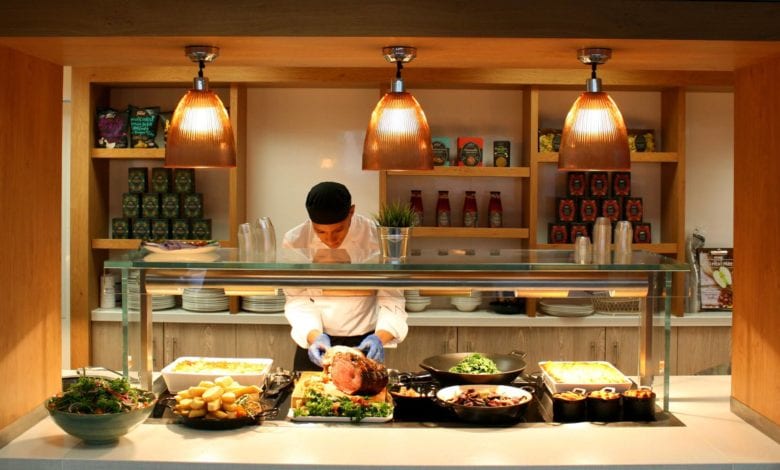
Chris Ince, Chef Director at Atalian Servest, shares his thoughts on how to provide a healthy menu, which lessens the environmental impact but without losing the customers’ favourite dishes.

Join 14,000 hospitality professionals with a membership
Get unlimited access and stay in the know. First-year special offer pricing. Cancel any time.
You have read 2/2 free articles this month.

How many members should have access to the subscription?
Monthly
Yearly
Save £9.89
No, thanks
I already have an account

Chris Ince, Chef Director at Atalian Servest, shares his thoughts on how to provide a healthy menu, which lessens the environmental impact but without losing the customers’ favourite dishes.